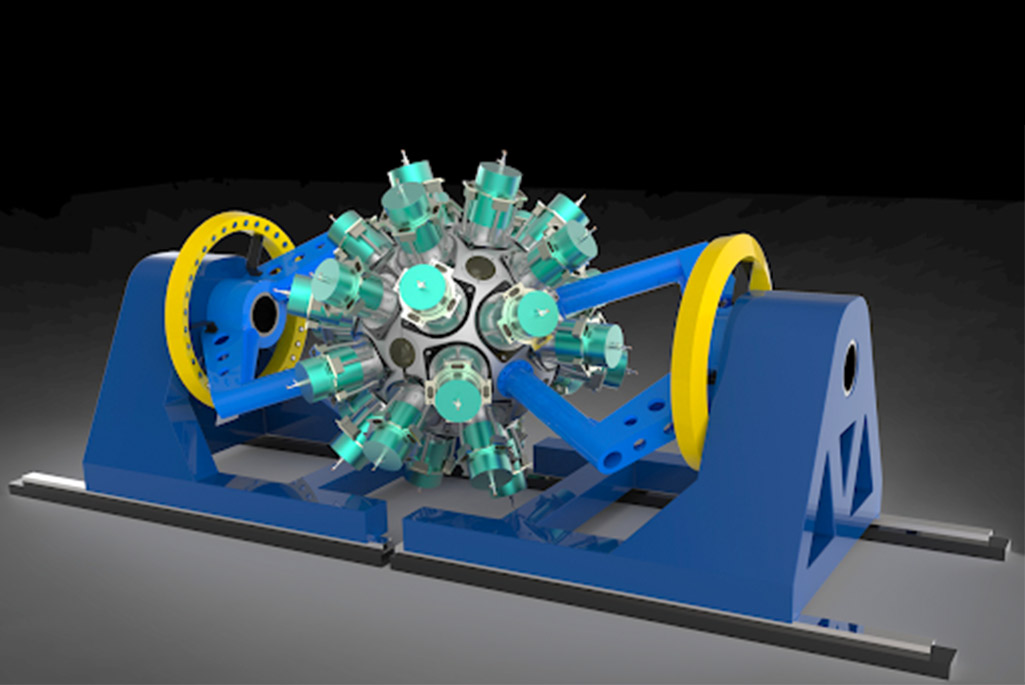Berkeley Lab’s Nuclear Science Division has received two Department of Energy (DOE) funding awards for two-year projects focused on artificial intelligence and machine learning (AI/ML).
A collaboration of Nuclear Science Division (NSD) scientists from the Low-Energy Nuclear Physics, 88” Cyclotron, and Applied Nuclear Physics programs will develop new methods to optimize a large gamma-ray spectrometer and an ion source for low-energy nuclear physics. The primary goal of this project is to explore the best applications of ML approaches and data analytics techniques to automate online optimization and tuning during operation, building on an existing ML project, started in 2021.
So far, a major focus of this work has been on optimizing the operation of the VENUS ion source. NSD staff, along with a team of undergraduate researchers, have established a continuous logging system to populate a time-series database with relevant control and diagnostic parameters and also explored the use of predictive neural networks and Bayesian optimization to tune the ion source. Tests have shown improved stability of the source with automated monitoring, and have enabled a significantly reduced time for a key ‘baking’ process which is frequently performed for VENUS. The new award, which will be led by Heather Crawford of NSD’s Accelerator Based Low Energy Research program, will allow the team to extend their current research on the ion source and add a new aspect that will focus on extending efforts associated with the GRETA spectrometer, though application of ML methods to the complex problem of identifying the position of gamma-ray interactions in the GRETA detectors.
A second multi-disciplinary project led by Peter Jacobs in the Relativistic Nuclear Collisions program will connect several research programs in the NSD with researchers at UC Berkeley, Duke University, and Wayne State University, to develop and deploy novel machine-learning-based methods for Bayesian Inference and Uncertainty Quantification. These general methods will initially be applied to measurements of the mass and fundamental nature of the neutrino, study of the Quark-Gluon Plasma that filled the early universe, and mapping of natural and anthropogenic radiation environments. They are also anticipated to have much broader application, which will be explored in the later stages of the project.
Learn more about DOE’s Office of Nuclear Physics (NP).
